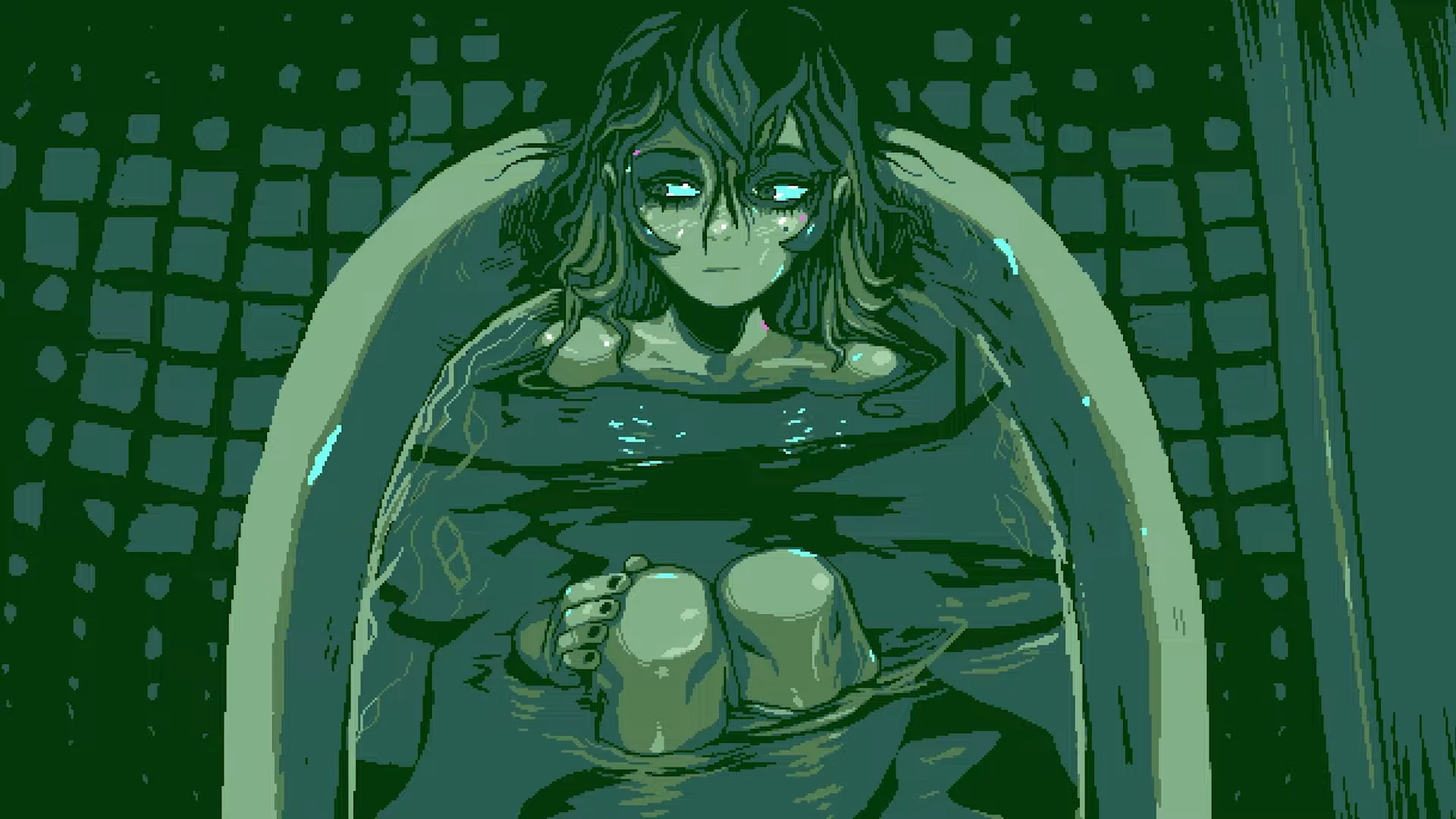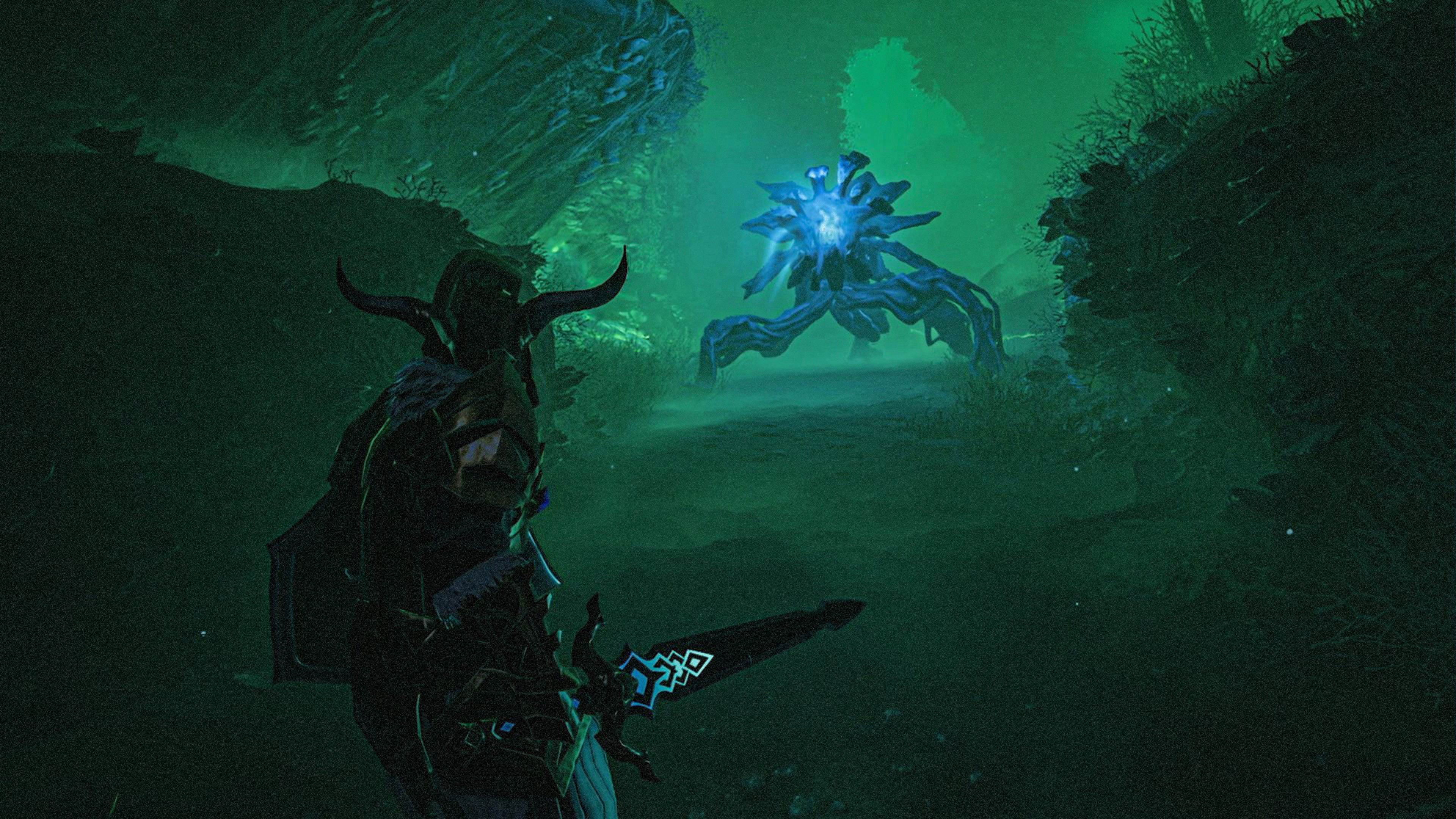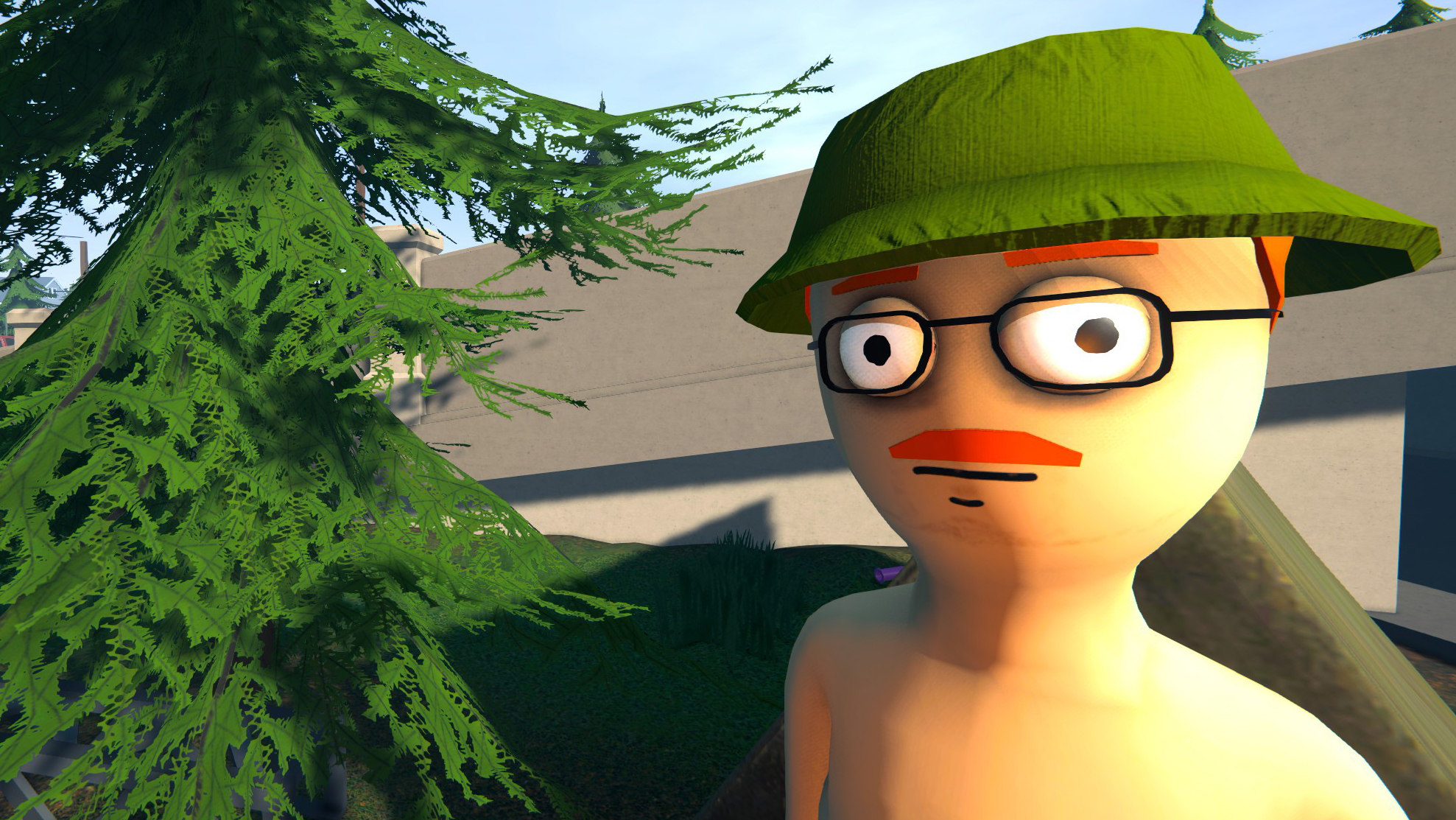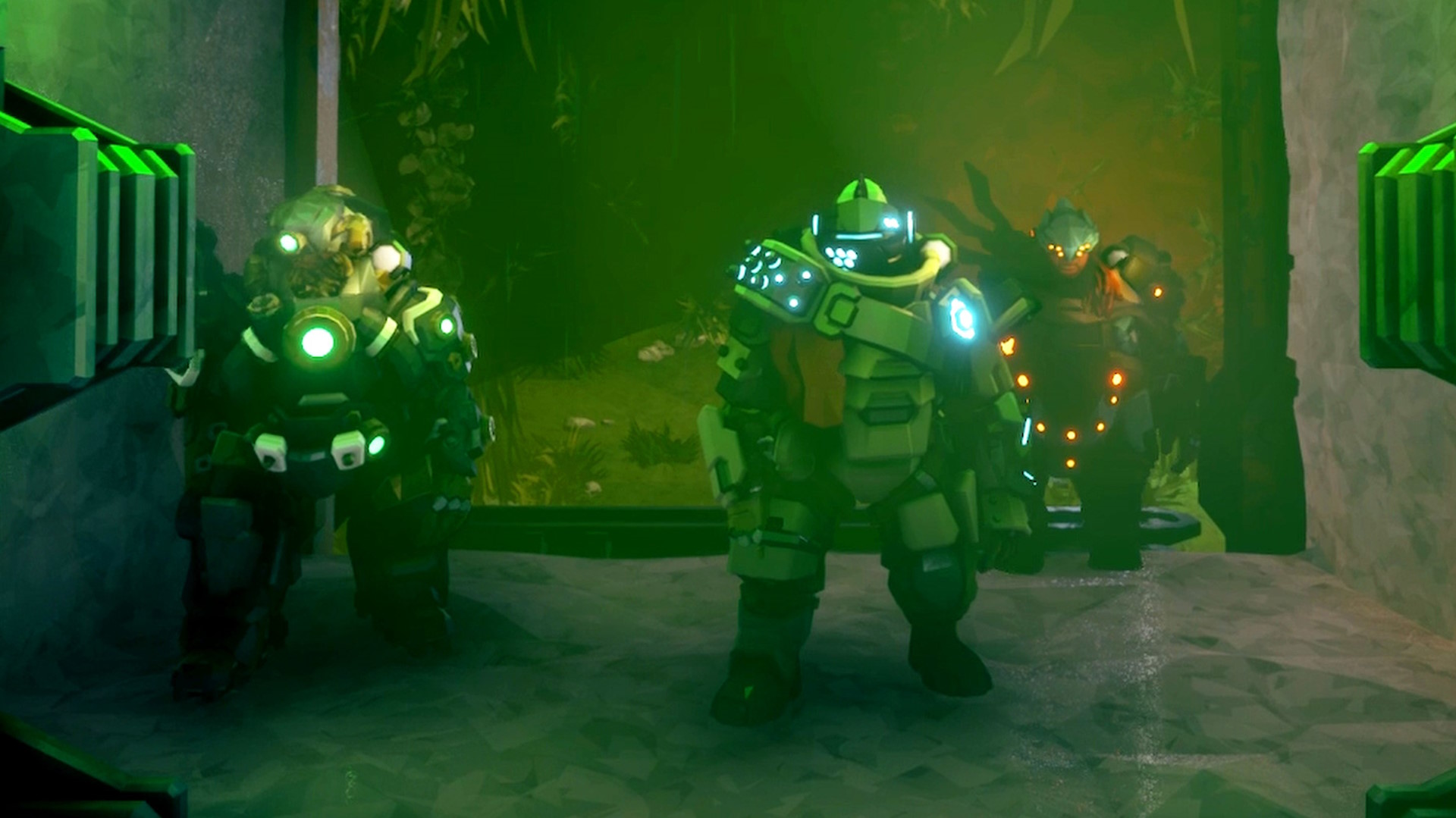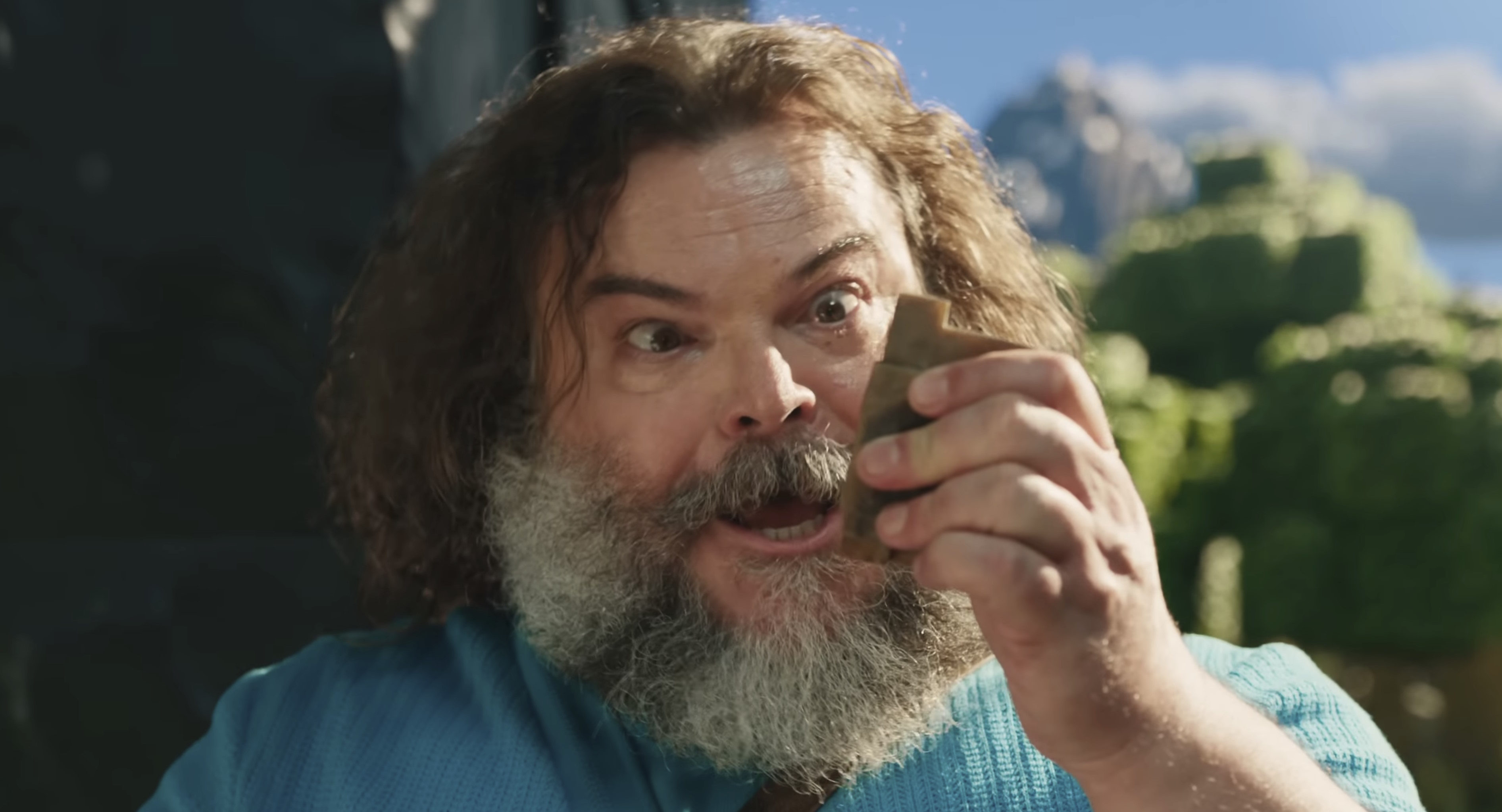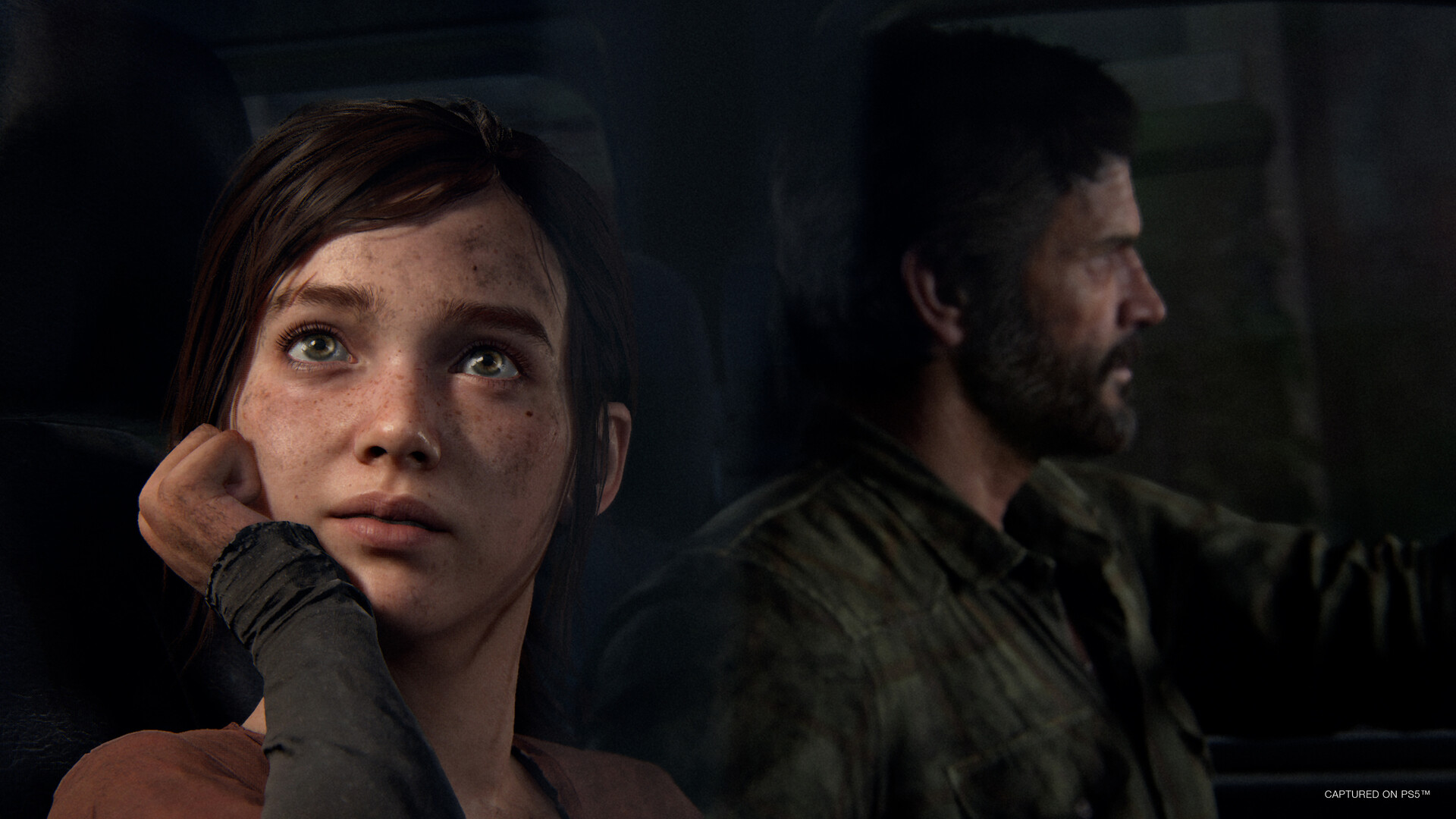
Joel and Ellie's grim journey deserves a much better PC port than this.
What is it? A seminal PlayStation apocalyptic narrative adventure.
Expect to pay: £50/$60
Release date: Out now
Developer: Naughty Dog
Publisher: PlayStation PC
Reviewed on: i7 9700K, RTX 2080 TI, 16GB RAM
Multiplayer? No
Link: Official site
You’ve heard by now, of course. Sony’s unanimously adored 2013 stealth-action cry-along The Last Of Us Part 1 has not arrived on PC in fine form. The performance issues are numerous and significant, and over a week on from launch, despite two patches from developer Naughty Dog and a driver hotfix from Nvidia, they persist.
It was supposed to be so different. The internet’s servers are heaving under the weight of all the Bella Ramsey and Pedro Pascal memes that The Last Of Us’ TV adaptation has spawned, and this fortuitously timed PC release should have been our chance not just to play a celebrated classic in its best form, but to enjoy it as a companion piece to the hot HBO series of the hour.
(Image credit: Sony)
It’s not that. Instead, it’s a battle against a shader cache that takes longer to load than even the most un-optimised console emulator you’ve downloaded from the darkest corners of retro gaming internet forums. There are reviews on the game’s Steam page that claim the two-hour refund period expired before it had finished building its shaders, and they’re not joking. Fortunately, Steam has made an exception and is offering refunds to any players who purchased TLOU, no questions asked. That’s an indictment of quite how bad this launch situation is.
I’ve installed the game three times on two different systems, and the absolute quickest I’ve seen TLOU complete its shader building is 40 minutes. The slowest, after the game’s 1.0.1.6 patch incidentally, took well over two hours. I’ve seen users with RTX 4090s reporting shader build times of over an hour.
Performance anxiety
What happens if you don’t wait until it’s finished building its shaders? In my experience, a Last Of Us flip book. On both an RTX 2080 TI and a 3060, performance levels were so low with an incomplete shader cache that it was unplayable. And even if I could live with the chugging frame rate, the graphical artefacts all over the screen are really something to contend with. Joel’s hair and eyebrows became squares of block colours in one cutscene for me. In another, Sarah’s bedroom became a nightmare of floaty objects. After the shaders were compiled, I didn’t notice any visual artefacts. The wait, then, is basically a mandatory one.
(Image credit: Sony)
On high graphics settings and above, this is the best the game has ever looked. But the frame rate at medium settings on both systems is inconsistent and, frankly, not much fun during combat sequences. Cycling between presets doesn’t do much to alleviate choppiness, and aside from low preset I didn’t notice a dramatic increase in frame rate.
What I did notice, however, was that my CPU was being absolutely thrashed as I was running the game. My 2080 TI runs at 100% capacity in system resources, but more worryingly my i7 9700K—hardly a 64-core monster but rarely a bottleneck in any other games I play—was also at either 99% or 100% the entire time, as was my system memory. That’s a recipe for freezes and crashes. In fairness, I’ve only ever experienced a CTD while alt-tabbing, but freezes are more commonplace on the streets of Boston. And don’t get me started on load times.
All of this means that while the game’s technically playable at launch, it’s not enjoyable. It’s several patches and driver updates away from enjoyable, in fact.
Sony’s other PC ports have been exemplary lately, and although Horizon: Zero Dawn’s shaders are also in no particular hurry to compile, the issue isn’t anything like as pronounced as it is here. And given the fact this PC port was specifically delayed to allow time for further optimisation—well, I’m bewildered.
(Image credit: Sony)
You can see the detail and effort that’s been poured into this version, too. The audio settings are as comprehensive as you’ll ever find in a game’s options menu, and although tweaking the graphics options isn’t as clear and immediate as in, say, Resident Evil Village with its handy GDDR capacity counter, it’s by no means a lightweight set of parameters to tweak. The issues didn’t happen because nobody checked whether the game ran properly, or because the developers aren’t diligent or hardworking. But still, here we are.
Buff daddy
Let’s talk about the game though, shall we? On the off chance it becomes playable in the near future. I happened to be on staff at Official PlayStation Magazine UK when it first launched in 2013, and the fervour for it around the office was something I’ve only known once or twice in my career. Here was a post-apocalyptic story seemingly of the kind the industry was already oversaturating us with—urban areas ‘being reclaimed by nature’ were as ubiquitous in 2013 as bows and arrows—but despite this it immediately stood out because it placed its focus on people, and did so to incredible effect.
The impact of TLOU’s grown-up tone is lessened now in 2023, but that’s partly because Naughty Dog’s style of dialogue scripting and performance capture became so influential. “This could be a movie or a TV show” we all said to each other while that famous intro plays out. Sarah wakes up alone in a uniquely convincing home, paces about half-asleep while outside there are sirens and strange noises. With barely a word spoken, TLOU grounds you in a real-world setting and asserts that there will be no Uncharted eyebrow-waggling here.
(Image credit: Sony)
Like 2013’s other big game Bioshock Infinite, this is a study of fatherhood. Unlike the former with its infinite loops and bearded men fathering their own dads, Joel’s story is stripped back, raw, and messy. That’s what the apocalypse is so great at, as a setting—cutting away all the extraneous noise from life and leaving only the absolute essentials. How does humanity prevail when all the infrastructure around it has been cut away? And most tricky of all: how do you hold on to your personal humanity?
Joel’s grieving. He’s used that grief to his advantage, shutting his feelings off and doing what he needs to in order to survive. Until he’s tasked with smuggling a 14-year-old girl who reminds him of his daughter, at which point some long-dormant paternal love awakens and both he and you are pulled in two directions—you both want what’s best for Ellie, but you have to commit some pretty monstrous acts to keep her safe. Every fight, you’re trading away a bit of your humanity to preserve hers.
Walk this way
You really do have that sense, then and now. And what’s especially impressive is that you’re so emotionally invested, so early on, while mechanically the game’s doing almost nothing to entertain you. In the opening two hours you’re either walking from point to point while someone walks beside you explaining the world or moving a ladder into place. Take it from an old PlayStation mag alumnus—this game might have the BAFTAs, but Uncharted works so much harder to keep you having fun on a mechanical level.
(Image credit: Sony)
When TLOU does ask more from you than deftly holding forwards on the left stick, its combat offers you a choice: go in with your shotgun drawn and make a mess, or scuttle about between cover, pop a home-made shiv in someone’s unsuspecting neck and, well, make a quieter mess. Metal Gear Solid 5 is ain’t, and never was, but the quality of animations and the weapon and item crafting systems elevate it above your typical meat-and-potatoes action game fights.
The fights were never meant to be stylish, of course. You’re not Doomguy, hopping between elaborate melee moves in sync with a deathcore breakdown. You’re a man in a shirt that looks like it smells bad, doing what you’re absolutely forced to by the circumstances you find yourself in. As such, combat’s never flamboyant and rarely particularly satisfying. And that, coupled with the unrelenting ‘Manchester on a rainy Monday morning’ colour palette, has always kept me slightly more at arm’s length from TLOU than everyone else.
(Image credit: Naughty Dog)
It’s still an important part of gaming history. It’s a significant moment, one in which a triple-A dev decided it would try to tell a story in as cinematic and grown-up a fashion as possible, with a focus on the subtleties of its performers. Little breaks in their voices. Lingering looks. Words unsaid. Truth be told, I never cared much about the Fireflies or the giraffe or the long list of desperate survivors who double-cross Joel and Ellie. But I’ve always respected the consistency of tone.
It’s a shame that a Last Of Us review has to carry such a low score. It feels like slamming Citizen Kane because its Blu-Ray features aren’t up to standard, such is the game’s stellar reputation. But the state of the PC version isn’t just disappointing or annoying—at the time of writing it’s actually a real barrier preventing you from playing the experience properly. There’s an all-timer laying dormant behind all the issues, but at present on PC, this one just doesn’t click.

